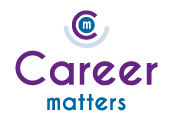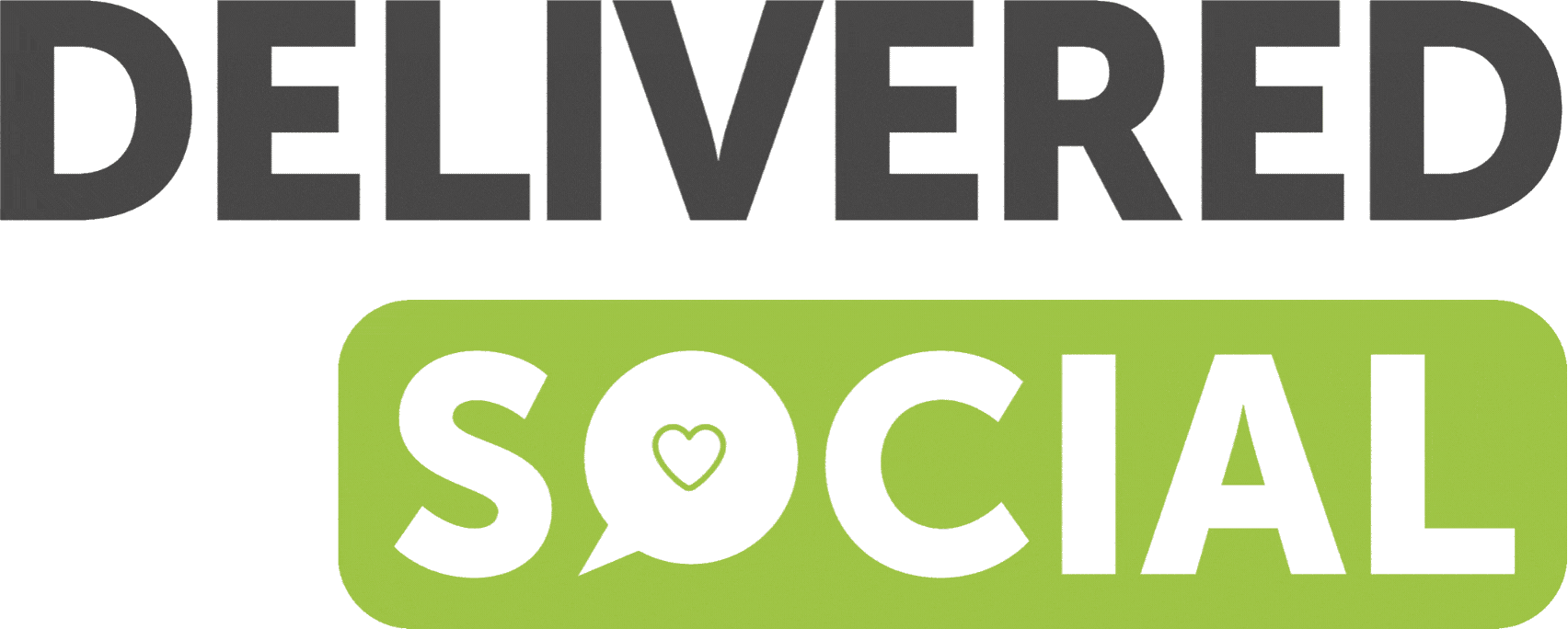
How to Use LinkedIn for a Job Search: Tips to Unlock Hidden Opportunities
LinkedIn is no longer just an online CV. With more than one billion members globally and a huge recruiter presence, it has become one of the most powerful tools for anyone looking to take the next step in their career. If you’re wondering how to use LinkedIn for a job search, it’s not just about setting up a profile and waiting for messages to roll in. It’s about actively building your professional brand, expanding your network, and tapping into opportunities that aren’t advertised elsewhere.
Whether you’re actively seeking a new role or quietly exploring your options, these insider tips for job hunting using LinkedIn will help you unlock hidden opportunities, stand out to recruiters, and make LinkedIn your most effective career tool.
- How Should You Use LinkedIn For A Job Search?
- Perfect Your LinkedIn Profile
- Switch On ‘Open to Work’ Carefully
- Use the Jobs Tab Strategically
- Engage With Recruiters When Job Hunting On LinkedIn
- Post Content to Build Your Brand
- Join and Engage in LinkedIn Groups
- Research Companies and Hiring Managers
- Use LinkedIn to Showcase Your Skills
- Use Advanced Search for Networking and Job Hunting on LinkedIn
- Stay Consistent and Follow Up
- How to Use LinkedIn for a Job Search And Avoid These Common Mistakes
How Should You Use LinkedIn For A Job Search?
-
Perfect Your LinkedIn Profile
Think of your LinkedIn profile as your shop window. It’s the first impression recruiters, hiring managers, and potential collaborators will have of you.
Headline – Your headline appears everywhere you comment or post, so make it count. Avoid simply listing your job title — instead, highlight your expertise and value.
Example: “Marketing Manager | Driving Brand Growth Through Data-Driven Campaigns” rather than “Marketing Manager”.
Profile Photo – Use a high-quality, professional-looking photo with a friendly expression. Profiles with a photo receive far more engagement.
About Section – This is your chance to tell your story. Keep it engaging, concise, and focused on what you can bring to an organisation. Use keywords relevant to your target roles for SEO within LinkedIn.
Experience – Write in short, achievement-focused bullet points rather than long paragraphs. Show impact with numbers or results where possible.
-
Switch On ‘Open to Work’ Carefully
If you’re openly job hunting, you can activate LinkedIn’s Open to Work feature to let recruiters know you’re available – this is an important feature to for someone who wants to use LinkedIn for a job search, particularly for temporary/contract or interim work. But did you know you can choose whether to show this to all LinkedIn members or only to recruiters?
- Public setting: A green #OpenToWork banner appears on your photo, visible to everyone.
- Private setting: Only recruiters using LinkedIn’s recruiter tools can see you’re open to opportunities.
Tip: If you’re employed but job hunting discreetly, opt for the private setting to reduce the risk of your employer noticing.
-
Use the Jobs Tab Strategically
LinkedIn’s Jobs tab allows you to:
- Search by keyword, location, and experience level.
- Filter for remote, hybrid, or on-site roles.
- Save job searches and set alerts to be notified as soon as new positions are posted.
Pro tip: Apply early. Many job postings receive most of their applications within the first few days. Being among the first can significantly increase your chances.
-
Engage With Recruiters When Job Hunting On LinkedIn
Job hunting LinkedIn strategies shouldn’t stop at clicking “Apply”. Many recruiters search for candidates proactively. You can get on their radar by:
- Connecting with recruiters in your industry and location.
- Sending a short, polite message introducing yourself and your skills.
- Commenting on and engaging with their posts to increase visibility.
Example outreach message:
“Hello [Name], I’m a [profession/role] with expertise in [specialism]. I’m currently exploring opportunities in [sector/region] and wondered if you might have roles that could be a good fit. I’d be happy to share my CV. Thank you for your time.”
-
Post Content to Build Your Brand
You don’t need to post daily, but sharing relevant content helps position you as a knowledgeable professional. Ideas include:
- Sharing an article with your own short commentary.
- Posting insights from a recent project (without breaching confidentiality).
- Congratulating connections on their achievements.
This keeps you visible in the feeds of your network — and in turn, recruiters who might be connected to them.
-
Join and Engage in LinkedIn Groups
Groups can be a hidden goldmine for networking and is another way to unlock hidden opportunities. Search for groups relevant to your industry, skill set, or job function, and join the conversation.
For example:
- Industry-specific discussion groups.
- Local networking groups.
- Groups for job seekers in your region.
Recruiters sometimes post vacancies in these groups before they go public.
-
Research Companies and Hiring Managers
Before applying for any role, research the organisation’s LinkedIn page. Look for:
- Recent posts, which can reveal company priorities or projects.
- The hiring manager’s profile; you might find shared connections or interests.
- Insights on company growth, culture, or recent hires.
You can even follow the company to stay updated on new job postings.
-
Use LinkedIn to Showcase Your Skills
Use the Skills section to list capabilities relevant to your target roles.
Also consider:
- Skill Assessments – Pass a LinkedIn skill quiz to earn a badge, which can improve your visibility in recruiter searches.
- Featured Section – Add examples of your work, portfolio pieces, or key achievements.
- Recommendations – Request short endorsements from colleagues, clients, or managers.
-
Use Advanced Search for Networking and Job Hunting on LinkedIn
The search bar is more powerful than most people realise. Use filters such as:
- Current company.
- Past company.
- Industry.
- Location.
Example: If you’re targeting a role at a specific company, you can search for people who work there, then send personalised connection requests.
-
Stay Consistent and Follow Up
A successful LinkedIn job search is rarely a one-off effort. Set aside 10–15 minutes each day to:
- Check job alerts.
- Engage with posts.
- Send or respond to connection requests.
- Apply for roles of interest.
If you’ve messaged a recruiter or hiring manager and haven’t heard back in 7–10 days, it’s fine to send a polite follow-up.
How to Use LinkedIn for a Job Search And Avoid These Common Mistakes
- Incomplete profiles – Recruiters often skip profiles without a photo, headline, or About section.
- Overusing buzzwords – Terms like “innovative”, “results-driven” or “proven track record” without evidence can feel generic.
- Spamming connection requests – Always personalise requests and avoid mass-adding people.
- Ignoring your network – Friends, ex-colleagues, and acquaintances can be some of the best sources of job leads.
Learning how to use LinkedIn for a job search effectively can dramatically increase your chances of finding the right role, especially when you combine a polished profile with strategic networking and consistent engagement.
While applying for advertised roles is important, many opportunities on LinkedIn come through connections and visibility rather than job boards alone. By following the tips above, you’ll not only improve your chances of being found by recruiters but also position yourself as a valuable professional within your field.
Would you like support with using LinkedIn for a job search? As part of our Career Coaching, we can optimise your LinkedIn profile and show you how to use it effectively. Contact Career Matters today.
Table Of Contents
- How Should You Use LinkedIn For A Job Search?
- Perfect Your LinkedIn Profile
- Switch On ‘Open to Work’ Carefully
- Use the Jobs Tab Strategically
- Engage With Recruiters When Job Hunting On LinkedIn
- Post Content to Build Your Brand
- Join and Engage in LinkedIn Groups
- Research Companies and Hiring Managers
- Use LinkedIn to Showcase Your Skills
- Use Advanced Search for Networking and Job Hunting on LinkedIn
- Stay Consistent and Follow Up
- How to Use LinkedIn for a Job Search And Avoid These Common Mistakes

